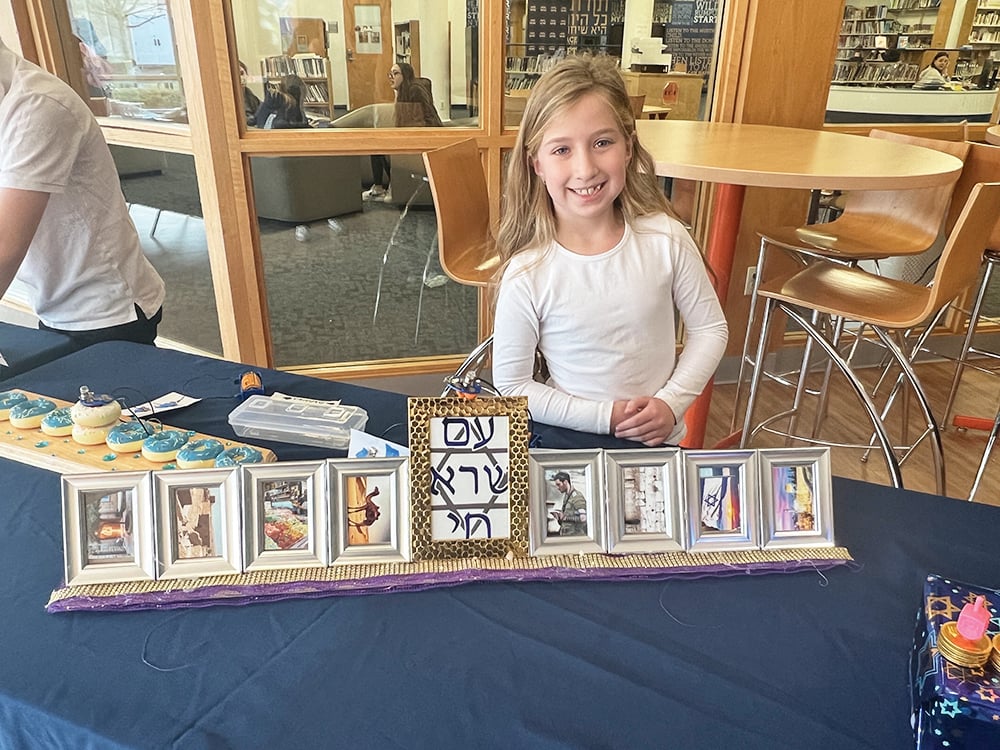The story is told of a situation in which a boy’s watch was taken by a classmate. When the victim told his Rebbe that his watch was missing, the Rebbe asked all of the children to leave the classroom. The Rebbe then proceeded to leave the room as well. He then instructed each child to come into the room and leave again one at a time in the hope that the child who had taken the watch would place it on the desk. When the Rebbe returned to the room after all the boys had come and gone, the watch was sitting on his desk. Many years later a respectable member of the community related that much credit for his success in life was due to the behavior and example of his Rebbe on that day. The fact that his Rebbe went to such great lengths to preserve his dignity after he made a terrible mistake and stole his classmate’s watch served as an inspiration for him to learn a valuable life lesson, and caused him to change his attitude toward others and his life. The Torah tells us in Parshat Tzav that the burnt offering and the sin offering were both offered for slaughter in the same place. The Talmud Yerushalmi explains that this was done in order to preserve the dignity of the sinner, since people would not know if the korban was being brought as a burnt offering or a sin offering. It is most important to be cognizant of this aspect of human relations that is rooted in our Torah. We cannot afford to make excuses for our behavior. While we all at times make mistakes, it is incumbent upon us to be as sensitive as possible given the circumstance to each other and preserve the dignity of another human being when at all possible to do so.
By Rabbi Eliezer Zwickler













